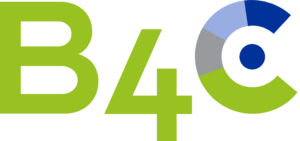Exploring the Potential of Biochar
The CASCADE project has recently explored the vast potential of biochar in its latest article, discussing how this innovative material can contribute to both environmental sustainability and economic development. Biochar’s ability to enhance soil health, capture carbon, and support sustainable agricultural practices makes it a key player in the circular carbon economy.
News
By using organic waste materials, biochar not only helps reduce waste but also offers significant benefits in terms of soil improvement and carbon sequestration. As the B4C project continues to explore how biochar can be integrated into vocational education and training (VET), this article provides valuable insights into its broader potential.

Read more on the CASCADE website: Exploring the Potential of Biochar.
